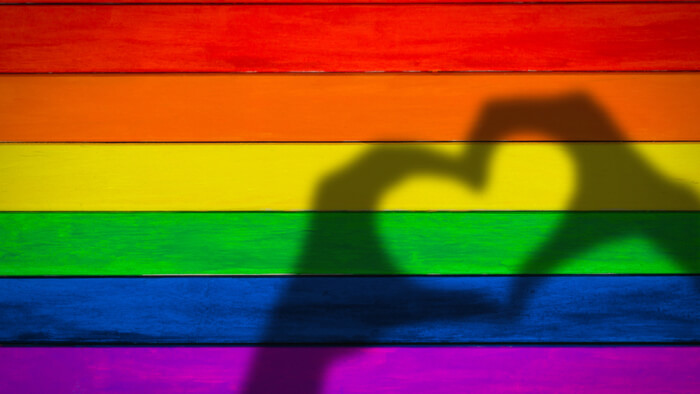The building on 53 Christopher Street was not merely a structure of roof and walls. It was the only safe haven where the LGBT community got to be who they really were. The Stonewall Inn was their place of acceptance filled with the magic of the jukebox, the dance floor, and the diverse crowd, until the summer of '69.

Early morning on 28th June, 1969, the police raided the Stonewall Inn; a common phenomenon, but on that night, the LGBT community decided to fight back and resist. The numerous arrests and confrontations over the last few days had made the people furious. The crowd erupted: transgender women resisted arrest, bottles were hurled at the police, their car tyres were slashed. Despite being torn apart, Stonewall reopened the next day, but the police beat-up and tear-gassed the people. This didn't stop the people- over the next few nights, gay rights activists returned and influenced the growth of the movement.
June 28, 1969, marked an important day in Queer History. The Stonewall Riots sparked the Gay Revolution, and Christopher Street Liberation Day on 28th June, 1970, marked the anniversary of the Stonewall riots and various marches and demonstrations were held. Till date, the celebrations are held throughout June, now proudly branded as Pride Month.
Pride Month speaks of a safe space during thirty days of the year: what of the remaining eleven months? Millions of people are forced into the closet because of their families and unsafe or toxic situations at home. If they come out, they are told that they are invalid, going through a phase and in some cases shipped off to conversion therapy. Such a toxic household is claustrophobic and wildly damaging to one's mental health: for these people, every second of their lives involved hiding within a cocoon of resentment, insecurity, and terror. Pride is a safe haven where they can be themselves fearlessly and can meet other LGBTQ+ folks and like-minded people who are accepting, which unfortunately has been ripped away with the advent of the pandemic.
In this era of LGBTQIA+ Pride, the event holds various connotations, ranging from an over-the-top celebration of embracing oneself, enabling individuals to find solace from the turmoil they may face due to their sexuality, as well as an instrument of social change to urge legislations to take the rights of the community into account. Undoubtedly, the circumstances of the pandemic have forced Pride to morph into an unprecedented form, which served to be a double-edged sword.
On 27th June, InterPride, an international consortium of Pride organisations, hosted the first ever Global Pride, a 24-hour online event, featuring performances, speeches, and workshops by a plethora of allies and activists. Organisers recognised its uncharted nature, and tackled the attempts at cyber-bullying through strict moderation of the comments. Bringing the experience of Pride to those in hostile regions such as the Middle East where it can even attract the death penalty, it ultimately proved the fundamental principles of the LGBTQIA+ community: an ability to come together, not in spite of our differences, but because of them, and to thrive in the rainbow tapestry woven by our faction.